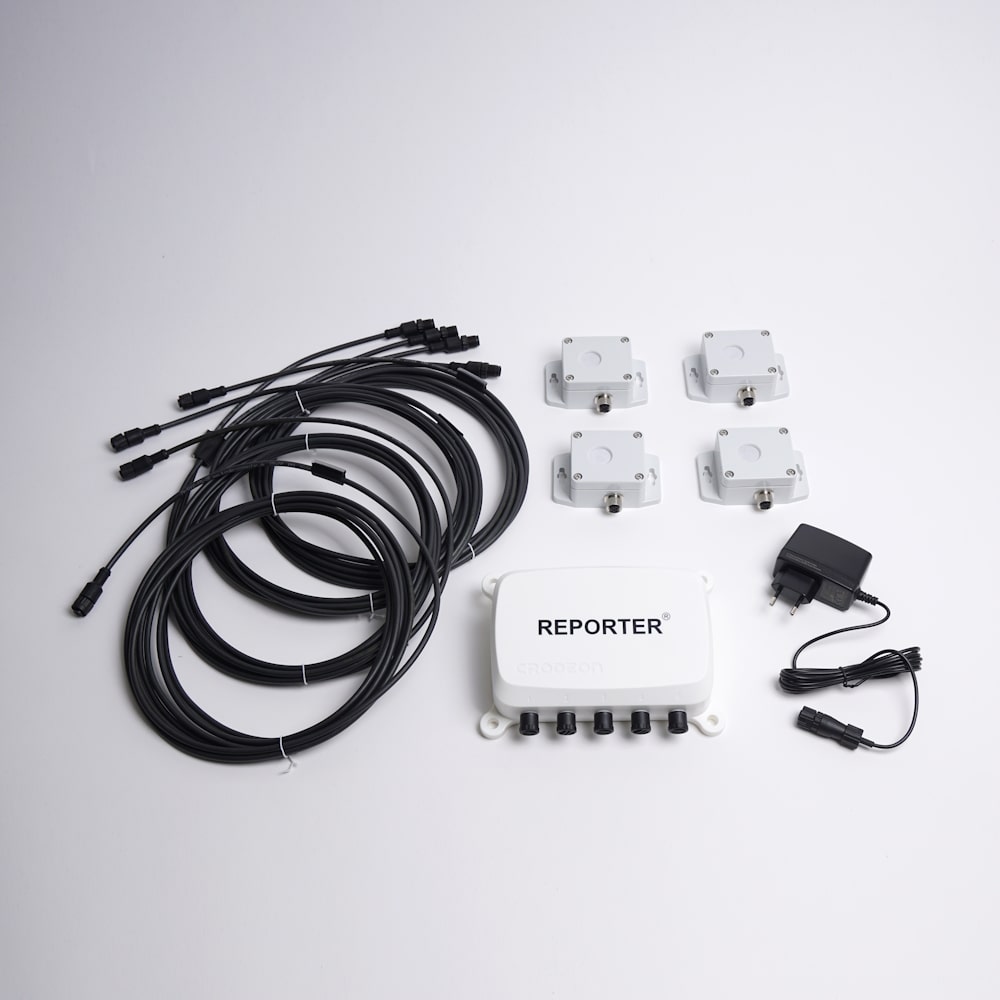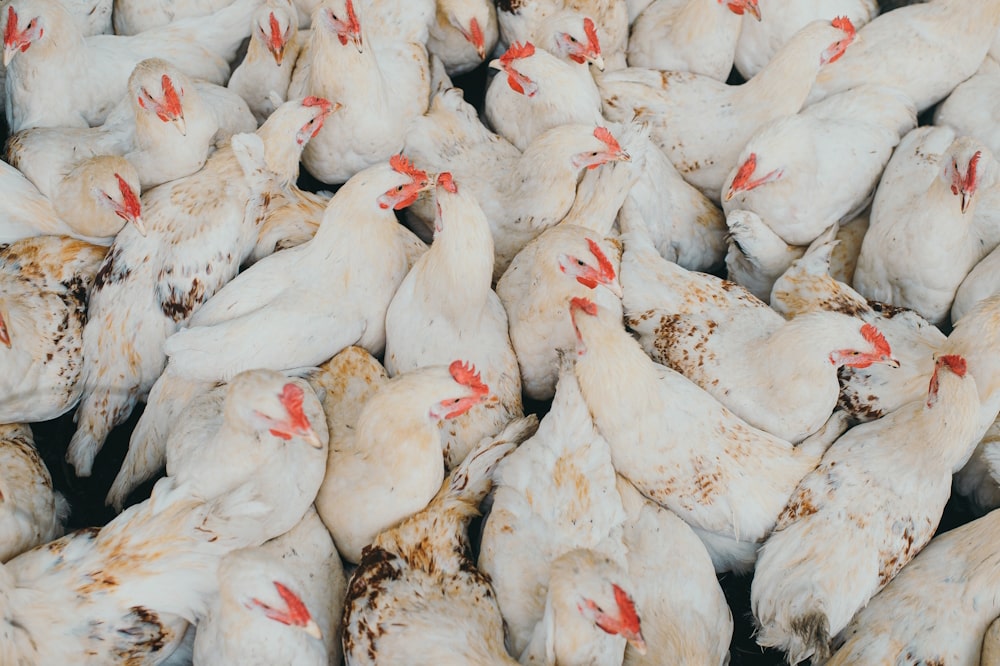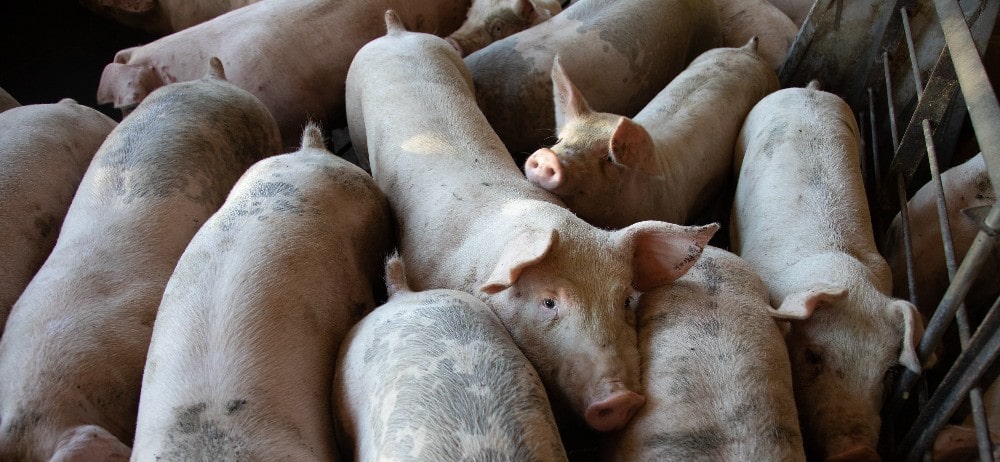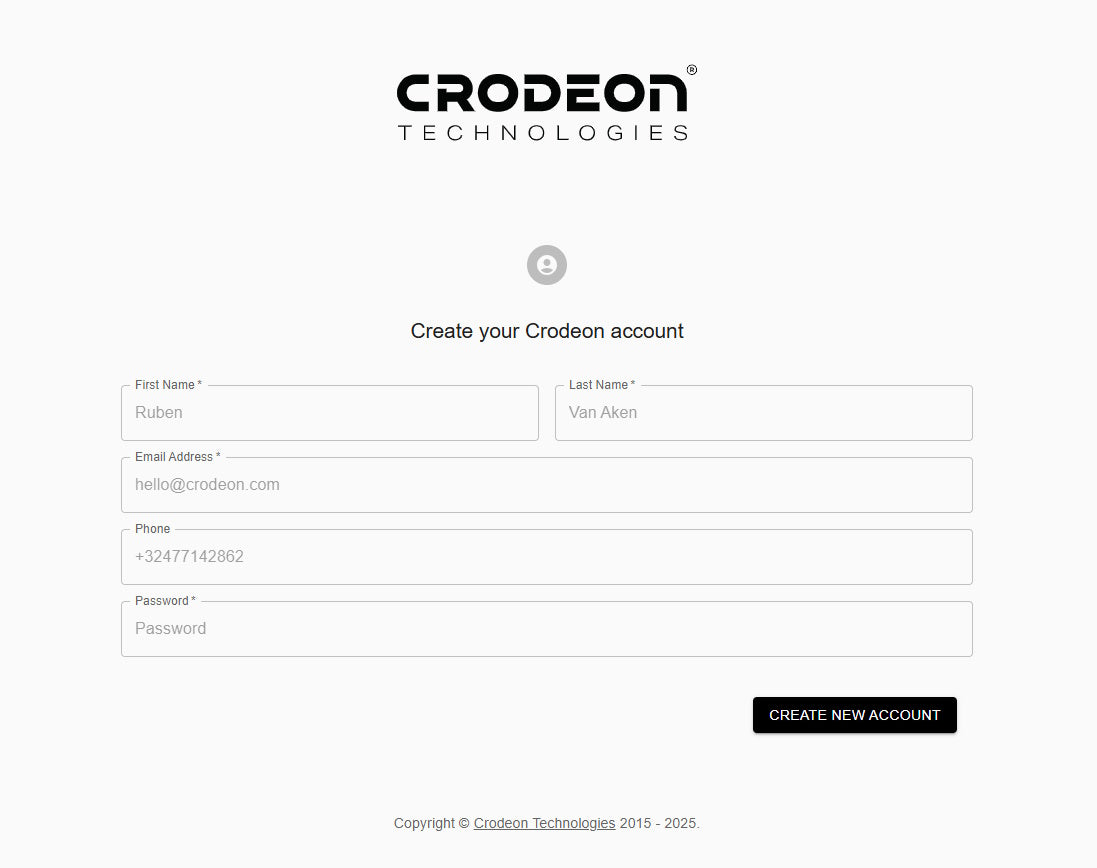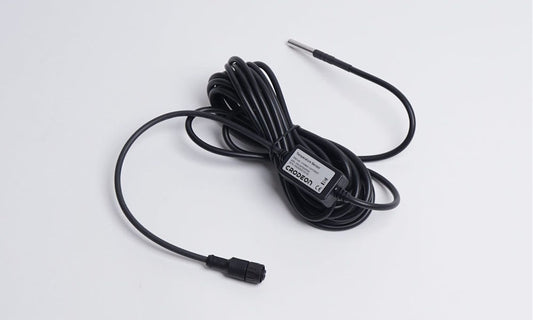Professionally farming mealworms: how to create an ideal growing environment?
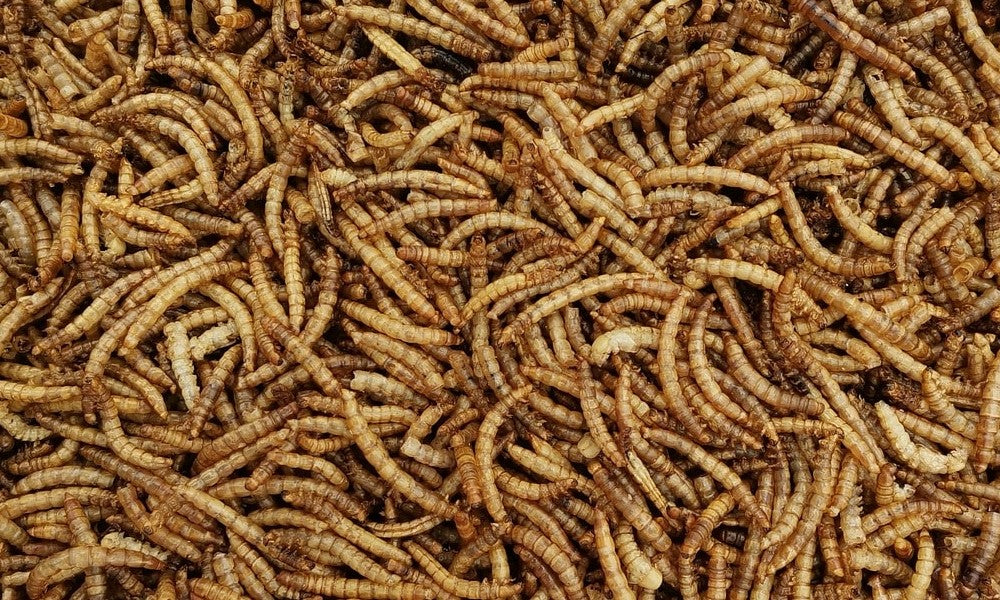
Many cultures have known the beetle larva 'mealworm' as a protein bomb for centuries, but now it's up to us. Farming mealworms is a more sustainable alternative to keeping large farm animals. They require less space, emit less CO2 and require less nutrition per kg of animal protein produced. They could also eventually become a substitute for soy. However, they still require a specific habitat to grow fast and efficiently. In this blog we will tell you all there is to know about the ideal growing environment of mealworms (Tenebrio molitor) and how to adjust it to perfection.
No high levels of CO2
Mealworms need oxygen to survive. When CO2 levels are too high, larval growth will also slow down. Insufficient fresh air may even cause the mealworms to suffocate due to CO2 poisoning. Ensure that there is always sufficient ventilation to prevent this. CO2 sensors can come in use to track the levels in your growing room. They can even send out alarm notifications if the CO2 levels become dangerously high. This allows for immediate action.
Humidity for mealworm farming
When humidity is too low, mealworm eggs dry out and the reproduction of the population decreases. With too much humidity, there is an increased risk of mould and mites. These moulds and mites can make the mealworms sick. A system to control humidity is therefore definitely necessary when farming mealworms.
The ideal relative humidity in a mealworm breeding room is 50%-70%. This minimalises the chance of dried-out eggs. Meanwhile, moulds and mites are less likely to make your larvae sick.

Temperature for mealworm breeding
Warm-blooded animals get their energy through food and warm themselves with it, cold-blooded animals depend on their ambient temperature. In order for a cold-blooded animal such as a mealworm to grow optimally, the temperature in the breeding room must remain between 25°C and 31°C. This means that heating and cooling will be required while farming mealworms.
An environment that is too cold causes a delay in the growth and development of mealworms, making the farming less efficient and profitable. Too high a temperature, on the other hand, causes overheating resulting in death. Especially at the time when the mealworms have grown larger, it is important to start cooling so that the 31°C is not exceeded.
This overheating is very similar to hyperthermia in pigs and heat stress in chickens.
How do mealworms grow?
Mealworms are professionally grown in trays or plastic containers on a substrate. This substrate usually simultaneously acts as the larvae's food source. Therefore, wheat bran is often used.
The mealworms eat from the wheat bran until they mature and start pupating. When the pupae hatch, the adult beetles will lay their eggs in this same substrate.
What is essential when breeding mealworms?
If you want to get started as a professional mealworm breeder, you will need the necessary materials. These include:
- A dark grow room with temperature control, a ventilation and humidity control system.
- Stackable growing trays that are easy to clean, such as plastic trays.
- An automatic sieve to separate the different life stages of the mealworm.
- A trolley to move stacks of culture trays.
- A high-pressure washer to keep the grow room hygienic.
- A shredder to process coarse food for the larvae.
- A scale to weigh food and larvae.
- A sensor module that measures CO2, temperature and relative humidity, such as Crodeon's Reporter.
An extra detailed explanation can be found in Introsect's Tenebrio molitor culture manual (Dutch only).

Remote monitoring
Three important parameters to keep in mind when farming mealworms: CO2, humidity and temperature. It is impossible to manually check these parameters. Remote monitoring is therefore a good solution to keep a live eye on what is going on in your growing room. Even more convenient is to receive alarm notifications when a maximum or minimum value is to be exceeded. In short: you must be able to monitor live and receive automated alarm notifications. In other industries, like livestock farming, monitoring these parameters is equally important. The monitoring of ventilation systems in poultry houses or suffocation prevention in pigsties, for example. For these cases Crodeon developed a plug & play system called Reporter.
Mealworm farming with the aid of Reporter
The CO2 sensor measures all these three parameters simultaneously, live with data streaming to the cloud (Crodeon Dashboard). This means that there are additional connectors left on your Reporter to connect other sensors, or to measure in multiple compartments simultaneously.

Live data monitoring and intervention
Through the Crodeon Dashboard you can monitor the CO2 levels, humidity and temperature in your grow room in real-time. When a set limit on a parameter is exceeded you're sure to be notified through an alarm message per email or phone. In addition, all data is also collected and saved. This allows you to see how farming mealworms can be made even more efficient in the future.
With the relay control module you can remotely operate heating, cooling, ventilation or humidification by switching it on or off. You will then be able to monitor in real-time whether the maximum or minimum exceedance of your set values resolves itself.

This screenshot shows the Crodeon Dashboard with graphs for relative humidity, temperature and CO2 (in two different rooms). (Crodeon, 2022)
Farming mealworms in the most modern way
Do you want to really optimize your mealworm farm, monitor it in real-time and manage it remotely? Start using Reporter, our sensor module for remote monitoring or take a look at our other solutions for Smart Livestock. Do you have any questions? Reach out through this form or send us an email at info@crodeon.com.
Frequently asked questions
Do mealworms like humidity?
Yes, mealworms prefer to stay in a humid environment. To keep mealworms healthy, it is advisable to keep the humidity in your breeding room between 50% and 70%. If humidity is too low, mealworm eggs will dry out and die. If humidity is too high, diseases such as moulds can occur or mites can thrive better, making the larvae of the Tenebrio molitor sick.
Does temperature affect mealworms?
Mealworms grow well between 25°C and 31°C. If you exceed the maximum temperature, there is a high risk of mortality in your population due to overheating. Too low a temperature, on the other hand, causes stagnant growth, reducing the profitability of your mealworm farm.
Do mealworms need air?
Yes, a mealworm can suffocate due to lack of oxygen, this is also known as CO2 poisoning. When too many mealworms live close together in a breeding tray, there is a high risk of suffocation.
To prevent suffocation, it is important to install a good ventilation system in your growing room. Ideally, additional CO2 sensors should be placed to measure and monitor the environment. A sensor module like Reporter will sound the alarm when CO2 levels get too high.
Sources
Introsect (2021). Kweekhandleiding: Meelworm, Tenebrio molitor. Retrieved from Inagro: https://inagro.be/sites/default/files/media/files/2021-10/Handleiding_meelwormen.pdf
Wageningen universiteit (2022). Iedereen aan de krekels en meelwormen. Retrieved from Wageningen University and Research: https://www.wur.nl/nl/show-longread/iedereen-aan-de-krekels-en-meelwormen.htm
Nieuwenhuis, Evert (2016). Zijn insecten een duurzaam alternatief voor vlees? Retrieved from de Correspondent: https://decorrespondent.nl/4370/zijn-insecten-een-duurzaam-alternatief-voor-vlees/a9d1b00e-8e09-04b9-2a57-55271d11b5ed
de Boer, Imke J. M. and Oonincx, Dennis G. A. B. (2012). Environmental Impact of the Production of Mealworms as a Protein Source for Humans – A Life Cycle Assessment. Retrieved from National Library of Medicine, National Center for Biotechnology Information: https://www.ncbi.nlm.nih.gov/pmc/articles/PMC3526541/
Hanafiah, Marlia M. et al (2018). CO2 effects on larval development and genetics of mealworm beetle, Tenebrio molitor L. (Coleoptera: Tenebrionidae) in two different CO2 systems. Retrieved from ResearchGate: https://www.researchgate.net/publication/324645030
Innovatie steunpunt (2020). Ik wil als landbouwer insecten kweken. Hoe begin ik ermee? (videoreeks). Retrieved from Innovatie steunpunt: https://www.innovatiesteunpunt.be/nl/inspiratie/ik-wil-als-landbouwer-insecten-kweken-hoe-begin-ik-ermee

